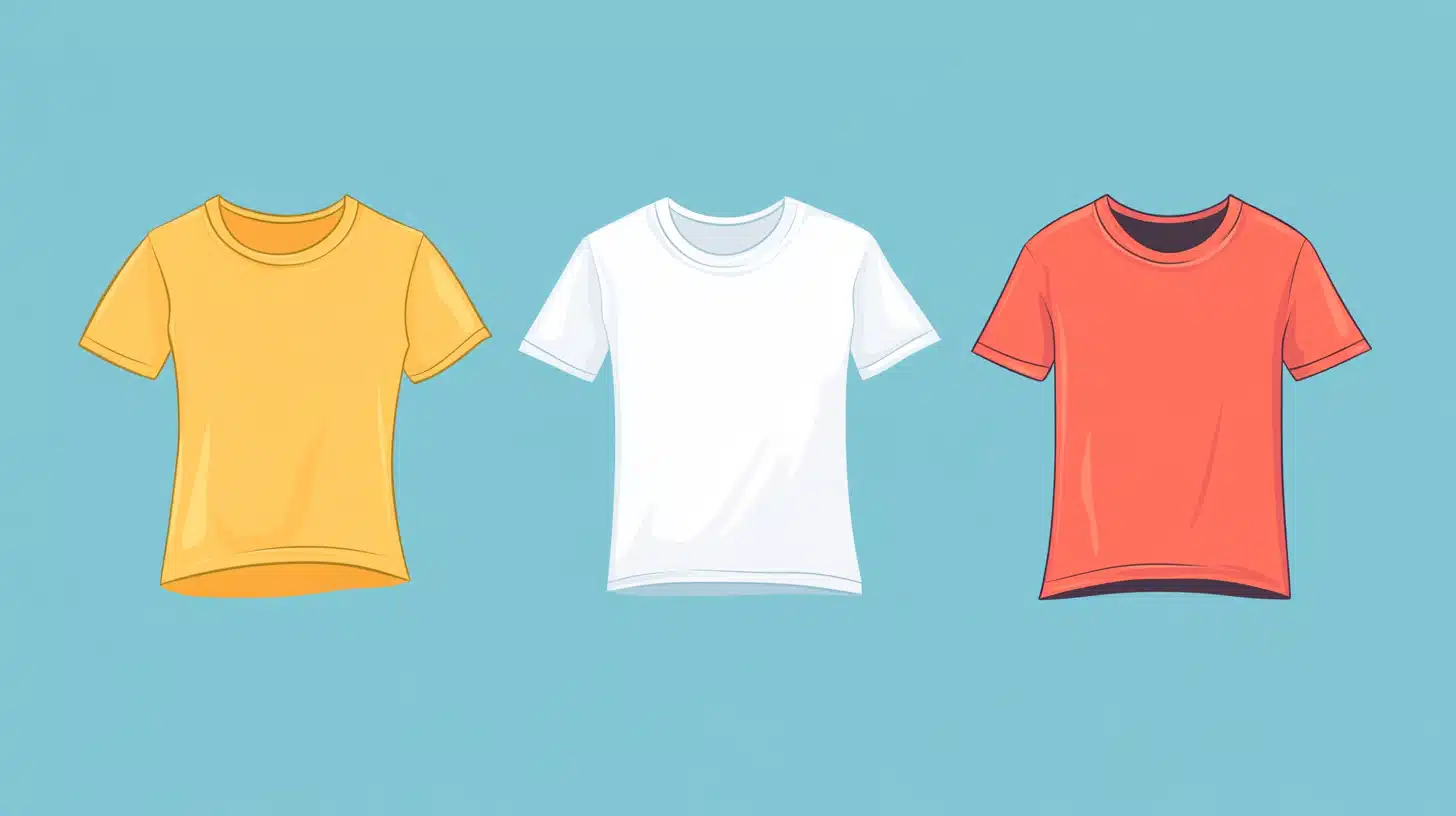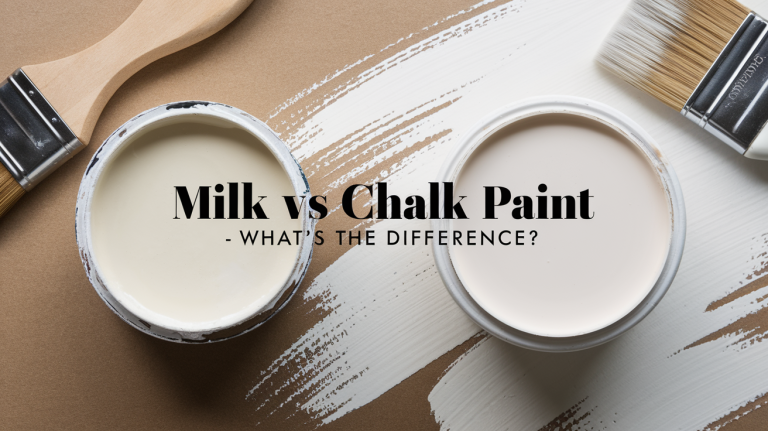Common T-Shirt Design Mistakes and How to Avoid Them
Creating a T-shirt design might seem simple—just pick a graphic, add some text and print. But in reality, designing a great T-shirt is more complex than it looks. Many aspiring designers make common mistakes that can lead to unappealing designs, poor print quality, or weak sales.
Whether you’re designing for a brand, a print-on-demand store, or for personal use, avoiding these pitfalls can help ensure your T-shirts look professional and sell well. In this article, we’ll go over the most common T-shirt design mistakes and how to avoid them, so your designs turn heads for the right reasons.
1. Not Knowing Your Audience
One of the biggest mistakes in T-shirt design is creating something without considering who will wear it. A design that appeals to one group might not work for another. If you’re designing for fitness enthusiasts, they’ll likely want bold, high-energy graphics and motivational phrases. Meanwhile, minimalistic designs might work better for a streetwear audience.
Before finalizing any design, research your target audience. Look at best-selling T-shirts in your niche, analyze customer reviews, and pay attention to color schemes and themes that resonate. Understanding your audience helps you create designs that feel relevant, ensuring that people will actually want to wear them.
2. Overcomplicating the Design
A great T-shirt design doesn’t need to be overly detailed. In fact, complexity can sometimes work against you. If a design has too many elements, it can look cluttered and confusing. A clear, simple design is more likely to catch someone’s eye and be easy to wear.
Think about the most iconic T-shirts—many of them have simple but effective visuals. A clean design with well-placed typography or a bold graphic often works better than something overloaded with text, images, and colors. Less is often more when it comes to creating a design that sells.
3. Using the Wrong Fonts
Typography can make or break a T-shirt design. The wrong font choice can make text hard to read, while poor spacing can ruin the flow of the design. A common mistake is using too many fonts in one design, creating a disorganized and unprofessional look.
Stick to one or two complementary fonts. If your design has a serious or inspirational message, opt for bold, clean typography. Fun or humorous designs can use more playful, hand-drawn, or script fonts, but readability should always come first. Test your design by looking at it from a distance—if the text is hard to read, it might not be the best choice.
4. Poor Color Combinations
Color plays a massive role in how a T-shirt design is perceived. Some mistakes include using colors that blend too much with the fabric, making the design almost invisible, or choosing colors that clash and create an unpleasant look.
Good contrast is key. A light design on a dark shirt or a dark design on a light shirt ensures visibility. Tools like Adobe Color or Coolors can help you choose complementary color schemes that look great together. Always check how colors will appear on different shirt fabrics—what looks good on a computer screen may not translate well to actual print.
5. Bad Placement and Sizing
Placement is an often-overlooked factor in T-shirt design. Printing a design too high near the neckline or too low toward the stomach can make the shirt look awkward when worn. Similarly, a design that is too small might not stand out, while one that is too large can feel overwhelming.
The ideal placement for a front design is about 2-3 inches below the collar. Designs should also be centered properly to ensure they look balanced when worn. Using mockups can help visualize how the design will appear on an actual shirt before printing.
6. Using Low-Quality Images and Graphics
If a design is pixelated or blurry, it won’t print well. Many beginners make the mistake of using low-resolution images, which result in fuzzy, unprofessional-looking prints.
Always work with high-quality graphics. Vector files (such as AI, SVG, or EPS) are ideal because they can be resized without losing quality. If you’re using raster images (such as PNG or JPEG), make sure they are at least 300 DPI to maintain sharpness when printed. Many print-on-demand services have specific file requirements, so check their guidelines before uploading your design.
7. Ignoring the Printing Method
Different printing methods produce different results, and not all designs work well with every method. Screen printing, for example, is excellent for bold, single-color designs but may not be the best choice for intricate, multi-color artwork. Direct-to-garment (DTG) printing allows for detailed, full-color designs but works best on 100% cotton fabrics. On the other hand, hot peel DTF transfers offer a versatile option for a wide range of fabrics, providing vibrant colors and high-quality prints.
Understanding how your design will be printed helps you make the right choices in terms of color, detail, and fabric selection. If you’re printing your own shirts, companies like aaprintsupplyco.com offer a variety of printing supplies, making it easier to experiment with different techniques and find what works best for your designs.
8. Forgetting About Fabric Type
The type of fabric you print on affects how the design looks and feels. A design that looks sharp on a cotton shirt might not translate as well on a polyester blend. Some fabrics absorb ink differently, leading to variations in color vibrancy.
If you’re selling T-shirts, consider offering your designs on different fabric options. Testing your design on various materials before mass production can help you avoid surprises and ensure the best quality for your customers.
9. Lack of Branding and Originality
One of the biggest mistakes in T-shirt design is creating something generic. If your design looks like thousands of others online, it won’t stand out. Copying popular designs or using overdone slogans might get some sales, but it won’t help you build a recognizable brand.
Think about how your T-shirts can be unique. This could mean a signature art style, a specific theme, or even subtle branding elements like a small logo on the sleeve or tag. Customers are more likely to buy from brands that feel distinctive and well-crafted.
10. Not Testing Before Selling
Many designers skip the testing phase, assuming their design will look just as good in print as it does on a computer screen. However, colors can appear differently, text may be too small, or the placement might look off once printed.
Ordering a test print before selling your design in bulk can save you from costly mistakes. This allows you to see how the final product looks, make adjustments if needed, and ensure you’re offering the best quality to your customers.
Final Thoughts
Designing T-shirts is an exciting and creative process, but small mistakes can lead to poor results. By understanding your audience, simplifying your designs, choosing the right fonts and colors, and paying attention to printing methods, you can create high-quality T-shirts that people will love to wear.
Avoiding these common errors will set you apart from amateur designers and help you produce T-shirts that look professional, sell well, and leave a lasting impression. So before you print your next design, take the time to review these tips and ensure you’re creating something truly exceptional.







